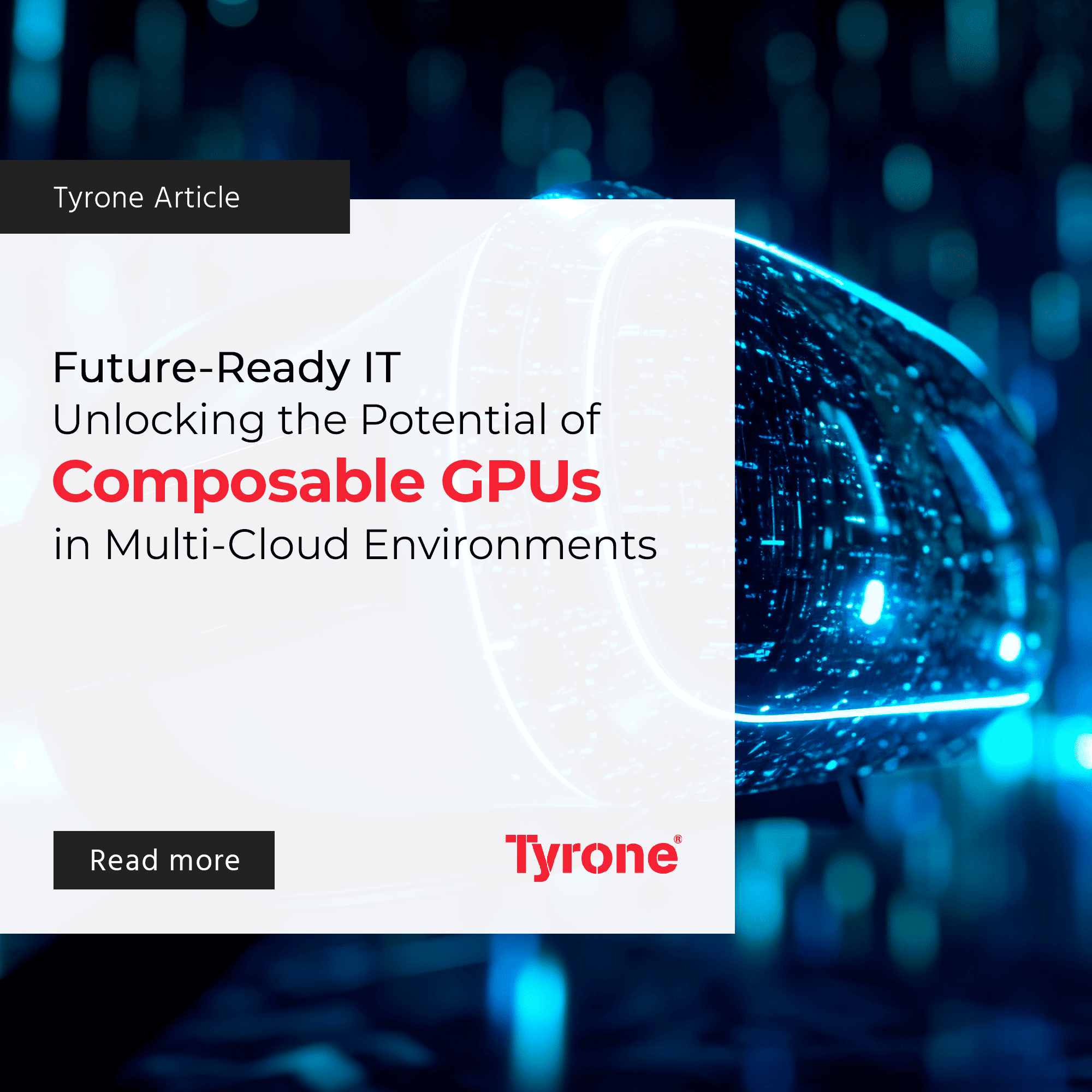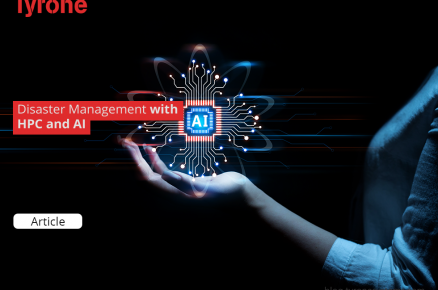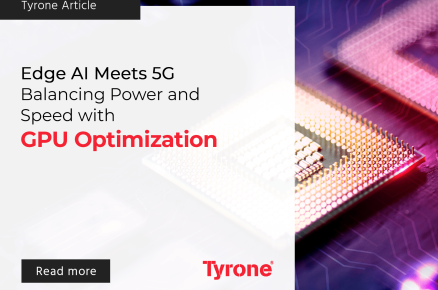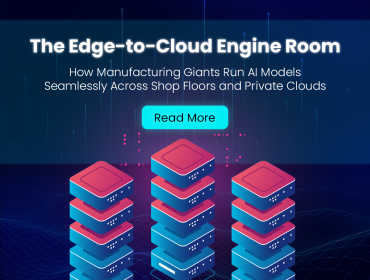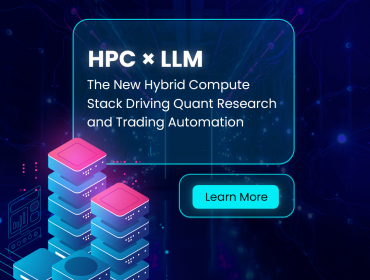Introduction
As enterprises expand their IT infrastructure to accommodate data-intensive workloads, multi-cloud environments have become the preferred approach for balancing cost, performance, and resilience. However, conventional GPU deployments struggle with inefficiencies in utilization and flexibility, leading to wasted resources and increased operational costs.
Composable GPUs are emerging as a game-changer, allowing organizations to dynamically allocate GPU power across multiple cloud platforms. By disaggregating GPU resources from fixed hardware, IT teams can provision workloads in real time, enhancing efficiency while reducing capital expenditure. For stakeholders looking to future-proof their IT strategy, composable GPUs offer an opportunity to unlock unprecedented agility, performance, and cost control.
Why Composable GPUs? The Need for Flexibility in Multi-Cloud
Traditional GPU deployments, whether in on-premises data centers or cloud-based instances, often lead to significant underutilization. A study found that GPU utilization in enterprises ranges from as low as 20% to a peak of 90%, depending on workload distribution and resource allocation strategies (Source: Usenix).
This inefficiency stems from the rigid nature of current GPU provisioning models. GPUs are often locked within specific physical servers or cloud instances, making it difficult to reallocate resources dynamically. As a result, organizations either overprovision resources—leading to unnecessary costs—or underprovision, risking performance bottlenecks.
Composable GPU architectures address this challenge by separating GPU resources from dedicated servers, allowing them to be assigned dynamically based on workload requirements. In multi-cloud environments, this flexibility is even more critical, as workloads shift between private, public, and hybrid clouds depending on cost, compliance, and performance considerations.

Key Advantages of Composable GPUs in Multi-Cloud Environments
1. Optimized Resource Utilization
Composable GPUs enable real-time allocation and reallocation of processing power, ensuring that GPU resources are neither idle nor overburdened. With composable architectures, enterprises can achieve higher utilization rates, making IT investments more efficient.
For example, in AI and machine learning (ML) workloads, GPUs often sit idle during data preprocessing but become highly active during model training. With a composable GPU framework, these resources can be redirected to other tasks when not in use.
2. Cost Efficiency and Budget Optimization
Cloud-based GPU instances can be expensive, particularly for sustained workloads. Instead of overcommitting to cloud-based GPU instances, composable architectures allow enterprises to dynamically shift resources across clouds, optimizing costs while maintaining performance.
Additionally, organizations can reduce capital expenditure on fixed GPU infrastructure by pooling resources across departments or even geographical locations.
3. Seamless Scalability and Performance Boost
Unlike traditional static deployments, composable GPUs allow enterprises to scale resources up or down instantly. This is crucial for industries such as finance, healthcare, and media, where demand for high-performance computing (HPC) workloads fluctuates frequently.
For example, video rendering studios using GPU clusters can assign more resources during peak production periods and scale down during off-peak times, avoiding unnecessary costs while maintaining performance.
4. Multi-Cloud Compatibility and Agility
Composable GPUs provide the flexibility to move workloads seamlessly between cloud providers without being locked into a specific vendor. As multi-cloud strategies evolve, enterprises need the ability to dynamically provision resources across AWS, Azure, and Google Cloud while maintaining performance and cost-efficiency.
Additionally, organizations with regulatory constraints can leverage composable architectures to process sensitive data in private clouds while offloading less critical workloads to public cloud environments.
Market Trends: The Growing Adoption of Composable Infrastructure
The demand for composable infrastructure, including GPUs, is on the rise. Market research predicts that the composable infrastructure sector will grow at a CAGR of 52.6% from 2018 to 2023 as enterprises increasingly shift towards software-defined architectures (Source: PRNewswire).
This shift is being driven by:
- The rise of AI, ML, and data-driven workloads requiring dynamic GPU allocation.
- The increasing adoption of multi-cloud strategies among enterprises.
- The demand for greater IT agility in a rapidly evolving digital landscape.
Major cloud providers and hardware vendors are actively developing composable solutions to cater to this growing market.
Challenges and Considerations for Implementation
While composable GPUs offer significant advantages, their adoption requires careful planning.
1. Integration with Legacy IT Systems
Many enterprises operate hybrid infrastructures with a mix of legacy hardware and modern cloud environments. Ensuring compatibility with existing IT investments is critical for a smooth transition.
2. Management Complexity
Dynamic GPU allocation requires robust orchestration tools to monitor and distribute resources effectively. IT teams must invest in AI-driven workload management platforms to automate resource provisioning.
3. Security and Compliance
With resources being shared dynamically across multiple environments, security concerns arise. Organizations must implement stringent access controls, encryption protocols, and compliance frameworks to ensure data protection in multi-cloud environments.

Conclusion: The Future of IT is Composable
Composable GPUs are reshaping IT infrastructure by providing unparalleled flexibility, scalability, and cost-efficiency. As multi-cloud environments become the new norm, enterprises that adopt composable architectures will gain a competitive advantage through optimized resource utilization and enhanced performance.For stakeholders, investing in composable GPU solutions today means staying ahead of the curve—ensuring that IT operations remain agile, cost-effective, and future-ready.


